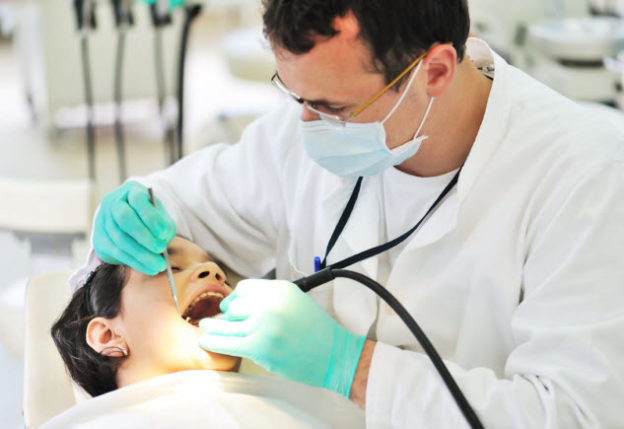How bone grafts can restore your smile.

Losing a tooth can be a traumatic experience, and leaving it too long before fixing the problem can lead to a range of complications that may require a bone graft to remedy the situation.
When a patient loses a tooth, eventually the surrounding bone will diminish. That makes it difficult, or potentially impossible, to insert a dental implant to rectify the problem.
When a tooth is lost, the empty socket is slowly filled with bone. However, as that particular section of the jaw is not under function, there is natural resorption and the whole ridge becomes thinner and thinner.
This causes both functional and cosmetic distress for the patient, while the surrounding jawbone atrophies. And with insufficient surviving bone left for a dental implant, the patient is forced to live with a missing tooth
However, bone grafts offer a solution by replacing missing bone and encouraging new bone growth at the site of the missing tooth. This allows a dental implant to be inserted to resolve the problem and restore both the patient’s jaw function and cosmetic appearance.
And bone grafts are not just for older patients. Younger patients, who have lost a tooth, perhaps through a sporting accident, can also benefit from the procedure.
Four types of bone grafts are commonly used. They include:
1. Autogenous grafts
Autogenous grafts or autografts use bone that’s harvested from another part of the body and transplanted into the area in the jaw that requires new bone growth. They may derive from intraoral or extraoral donor sites, such as chin, mandibular body/ramus, iliac crest or fibula. Rejection is generally not an issue as it derives from the same individual. Autografts are still considered the gold standard in osseous reconstructive surgery. However a drawback is the unpredictable resorption. Another disadvantage is that it requires a second procedure site to harvest the graft and it may not be suitable for patients with other medical conditions that may complicate surgery.
2. Allografts
Allografts consist of bone obtained from a donor and used in another individual within the same species. These may be fresh frozen bone, freeze-dried bone or demineralized freeze-dried bone. The process of freeze-drying reduces the risk of immunologic rejection and disease transmission, therefore improving clinical outcome compared to using fresh frozen bone. Donor site morbidity is not an issue and abundant quantities are available, however local regulations might limit their use.
3. Xenografts
Xenografts are bone substitutes taken from an animal or bonelike minerals from corals or algae. Coral and algae derived minerals may be cause for late complications. Animal derived bone minerals in particular of cancellous bovine origin show close similarity to human cancellous bone. They are heat and chemically treated to eliminate the risk of immunologic reactions and disease transmission. Bovine bone minerals are biocompatible and osteoconductive. Abundant quantities are available and they reduce surgical trauma to the patient because there is no need to harvest bone from another site.
4. Alloplastic materials
Alloplastic substitutes are synthetically derived. They are made of different formulations and there is no risk of disease transmission. They are considered osteoconductive, however it is challenging to imitate the surface of natural bone mineral. They are though a valuable alternative to patients and clinicians wishing to use an alternative to human or animal derived materials.
Bone grafts offer patients a pathway back to a full set of teeth and a fully functioning jaw that will stand the test of time.
For further information about bone grafts, please click here.
